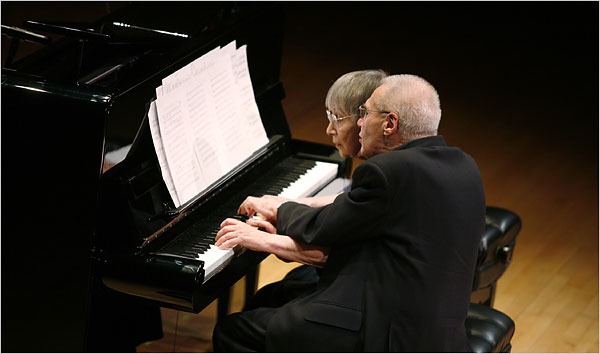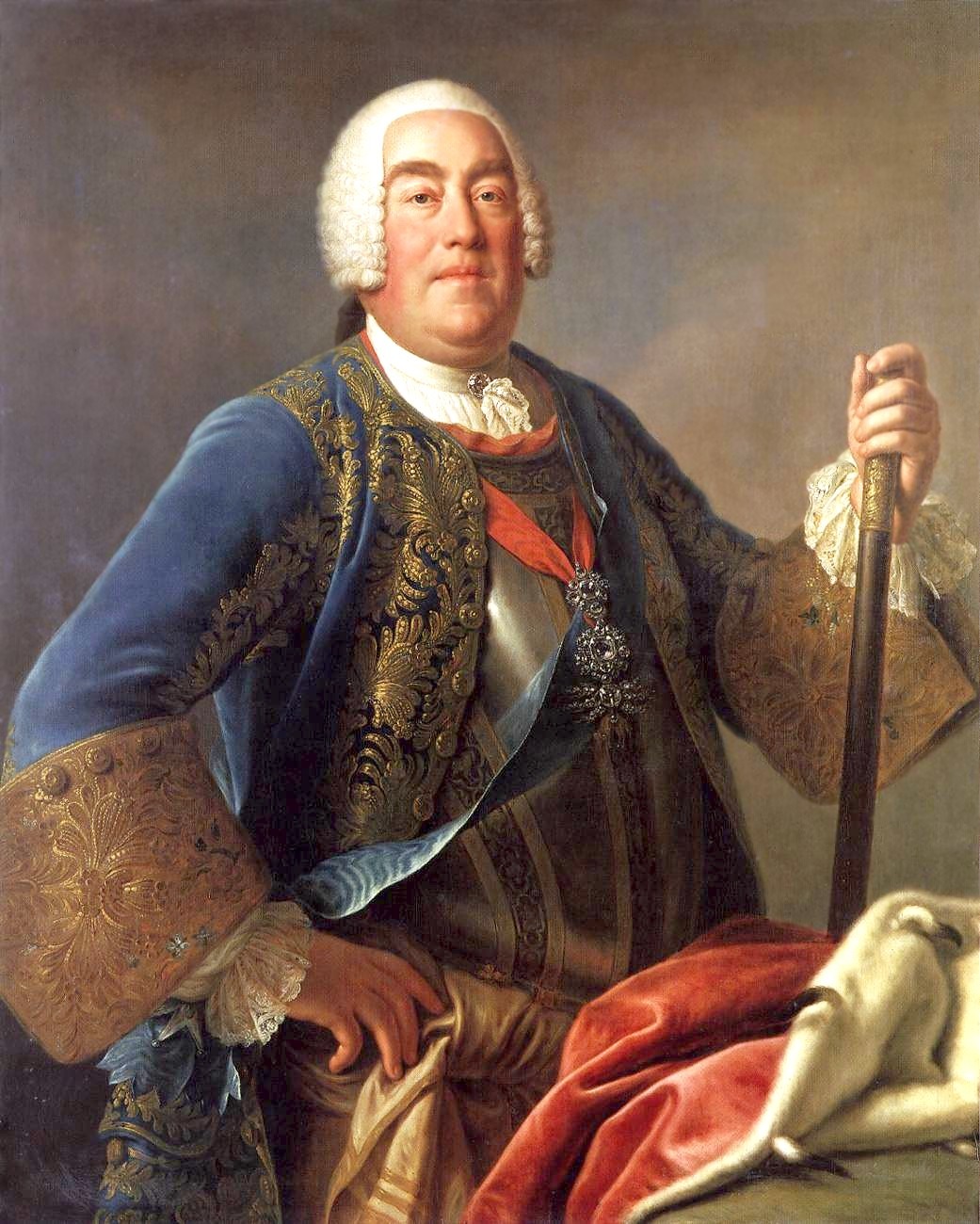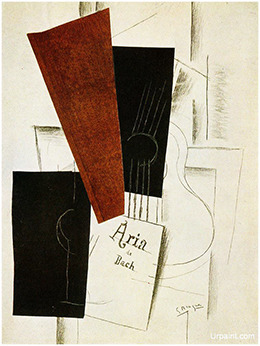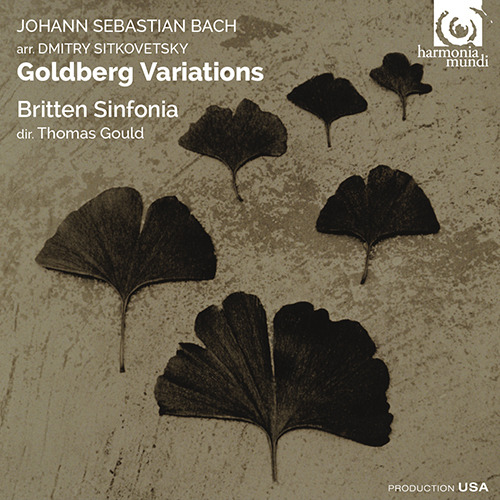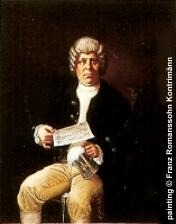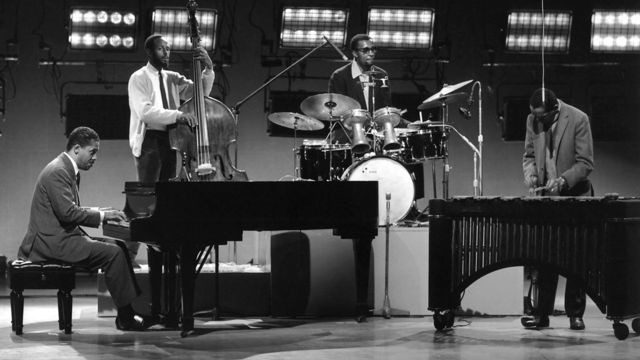Vivaldi and Bach never met! While the Italian master led the life of an international jetsetter, racing from one lucrative appointment to the next, Bach never strayed far away from home. Although Vivaldi came in contact with a variety of
Bach
Christiane Eberhardine of Brandenburg-Bayreuth, Electress of Saxony and titular Queen of the Polish-Lithuanian Commonwealth, was a bit of a religious celebrity. For years she resisted the pressure of the court to embrace the Roman Catholic faith, which her husband had
For the Hungarian composer György Kurtág, who celebrates his 90th birthday in 2016, two women have played a pivotal and decisive role in his personal and professional life. During his studies at the Ferenc Liszt Academy of Music in Budapest
“Minors of the Majors” invites you to discover compositions by the great classical composers that for one reason or another have not reached the musical mainstream. Please enjoy, and keep listening!
Many artists in the 19th and 20th centuries were inspired by the music of Johann Sebastian Bach, whose works had been re-discovered with Felix Mendelsohn’s performance of Bach’s ‘St. Matthew’s Passion’ in Berlin in 1829. For composers such as Richard
Goldberg Variations: Variation 10, Fugetta From J.S. Bach: Goldberg Variations/Britten Sinfonia dir. Thomas Gould (2015) Released by Harmonia Mundi J.S. Bach: Goldberg Variations: Variation 10, FugettaBritten Sinfonia’s Associate Leader, Thomas Gould directs the ensemble in Dmitry Sitkovetsky’s beautifully realised and
Irony and Parody became key moments in German modernism. But parody and irony are not identical. While irony might be described as a strategy, most successful parodies derive their effect from the comic incongruity between the original and its parody.
In the last decade of the 19th century, European culture was perceived as increasingly decadent and degenerate. Visual art had abandoned representation and liberated color and line; literature weakened the narrative structures and loosened meanings, and music used a technically



